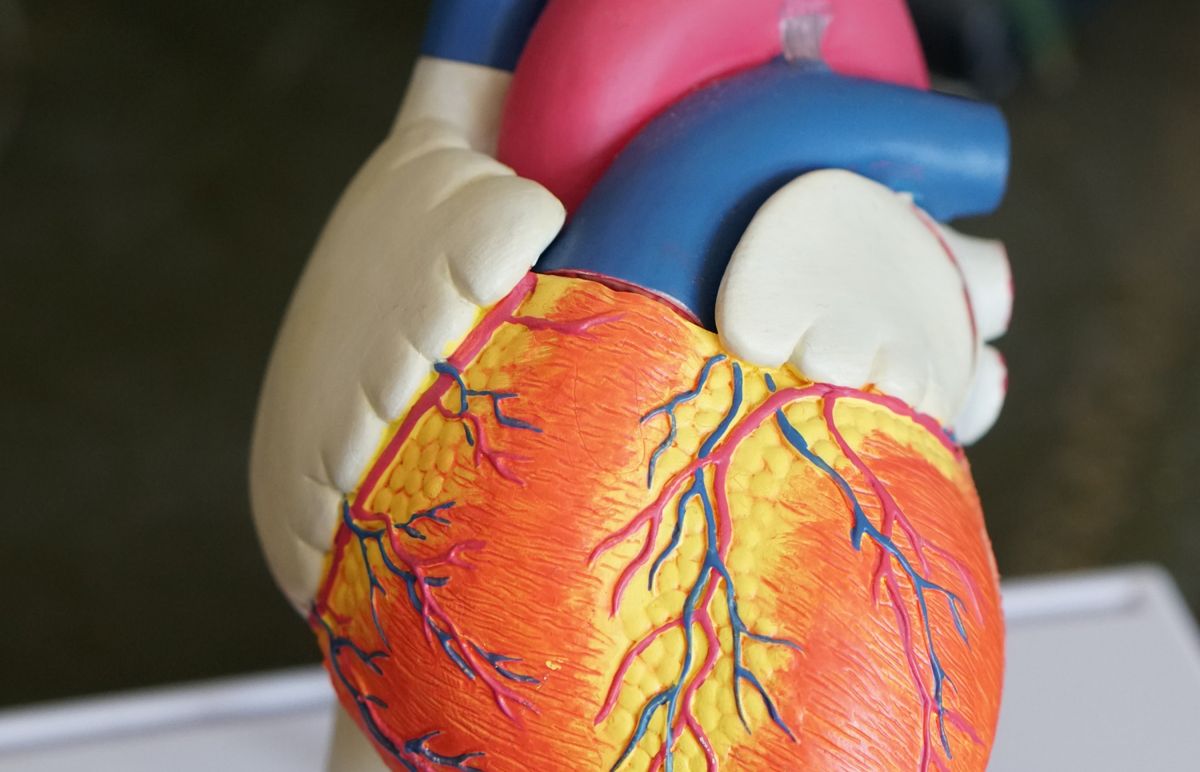
What is ectasia? Ectasia refers to the abnormal dilation or expansion of a tubular structure in the body, such as blood vessels or ducts. This condition can affect various parts of the body, including the cornea, arteries, and veins. Why should you care? Understanding ectasia is crucial because it can lead to serious health issues if left untreated. For instance, corneal ectasia can result in vision problems, while vascular ectasia might cause complications like aneurysms. Who is at risk? People with certain genetic conditions, those who have undergone specific medical procedures, or individuals with underlying health issues may be more susceptible. How is it treated? Treatment options vary depending on the affected area and severity, ranging from medication to surgical intervention. Stay informed to protect your health and well-being.
What is Ectasia?
Ectasia refers to the abnormal dilation or expansion of a tubular structure in the body. It can occur in various organs, including blood vessels, the cornea, and the bronchial tubes. Understanding this condition involves exploring its causes, symptoms, and treatments.
-
Ectasia can affect different parts of the body, such as blood vessels (vascular ectasia) or the cornea (keratectasia).
-
Vascular ectasia often involves the dilation of blood vessels, which can lead to conditions like varicose veins.
-
Keratectasia is a condition where the cornea becomes thin and bulges outward, often following LASIK surgery.
Causes of Ectasia
Various factors can contribute to the development of ectasia. These causes can range from genetic predispositions to external influences.
-
Genetic factors play a significant role in the development of certain types of ectasia, such as Marfan syndrome.
-
Trauma or injury to the affected area can lead to ectasia, particularly in cases involving the cornea.
-
Surgical procedures, especially those involving the eyes, can sometimes result in ectasia as a complication.
Symptoms of Ectasia
Recognizing the symptoms of ectasia is crucial for early diagnosis and treatment. Symptoms can vary depending on the type and location of the ectasia.
-
Blurred vision is a common symptom of keratectasia, affecting daily activities and quality of life.
-
Swelling and pain in the affected area can indicate vascular ectasia, requiring medical attention.
-
Shortness of breath might be a symptom if ectasia affects the bronchial tubes, impacting respiratory function.
Diagnosing Ectasia
Accurate diagnosis is essential for effective treatment. Various diagnostic tools and methods are used to identify ectasia.
-
Corneal topography is a diagnostic tool used to map the surface curvature of the cornea, helping to detect keratectasia.
-
Ultrasound imaging can be used to visualize vascular ectasia, providing detailed images of blood vessels.
-
Bronchoscopy allows doctors to examine the bronchial tubes for signs of ectasia, aiding in diagnosis.
Treatment Options for Ectasia
Treatment varies based on the type and severity of ectasia. Options range from lifestyle changes to surgical interventions.
-
Contact lenses or glasses can help manage vision problems caused by keratectasia.
-
Compression stockings are often recommended for vascular ectasia to improve blood flow and reduce swelling.
-
Surgical procedures, such as corneal cross-linking, can strengthen the cornea and prevent further bulging in keratectasia.
Preventing Ectasia
Preventive measures can reduce the risk of developing ectasia. These steps can be particularly important for individuals with a genetic predisposition.
-
Regular eye exams are crucial for early detection and management of keratectasia.
-
Maintaining a healthy weight can help prevent vascular ectasia by reducing pressure on blood vessels.
-
Avoiding eye trauma and protecting the eyes during activities can reduce the risk of keratectasia.
Living with Ectasia
Managing ectasia involves ongoing care and lifestyle adjustments. Understanding how to live with this condition can improve quality of life.
-
Regular follow-ups with healthcare providers are essential for monitoring the condition and adjusting treatment plans.
-
Healthy diet and exercise can support overall vascular health, benefiting those with vascular ectasia.
-
Support groups and counseling can provide emotional support and practical advice for individuals living with ectasia.
Interesting Facts about Ectasia
Ectasia has some fascinating aspects that might surprise you. These facts highlight the complexity and variety of this condition.
-
Ectasia can occur in animals as well as humans, affecting various species differently.
-
Historical records show that ancient physicians were aware of ectasia-like conditions, though they lacked modern diagnostic tools.
-
Research is ongoing to develop new treatments and improve outcomes for individuals with ectasia.
-
Technological advancements in imaging and surgery have significantly improved the diagnosis and treatment of ectasia.
-
Public awareness campaigns are helping to educate people about ectasia, leading to earlier diagnosis and better management.
Ectasia Facts You Need to Know
Ectasia, a condition affecting the cornea, can lead to significant vision problems if not addressed. Early detection is crucial for managing symptoms and preventing further damage. Treatments like corneal cross-linking, specialty contact lenses, and in severe cases, corneal transplants, offer hope for those affected. Regular eye exams play a vital role in catching ectasia early.
Understanding the risk factors, such as a history of eye surgery or genetic predisposition, can help in taking preventive measures. Staying informed about the latest advancements in treatment options can make a big difference in managing this condition effectively.
By keeping these facts in mind, you can better navigate the challenges posed by ectasia and maintain healthier vision. Always consult with an eye care professional for personalized advice and treatment plans.
Was this page helpful?
Our commitment to delivering trustworthy and engaging content is at the heart of what we do. Each fact on our site is contributed by real users like you, bringing a wealth of diverse insights and information. To ensure the highest standards of accuracy and reliability, our dedicated editors meticulously review each submission. This process guarantees that the facts we share are not only fascinating but also credible. Trust in our commitment to quality and authenticity as you explore and learn with us.
